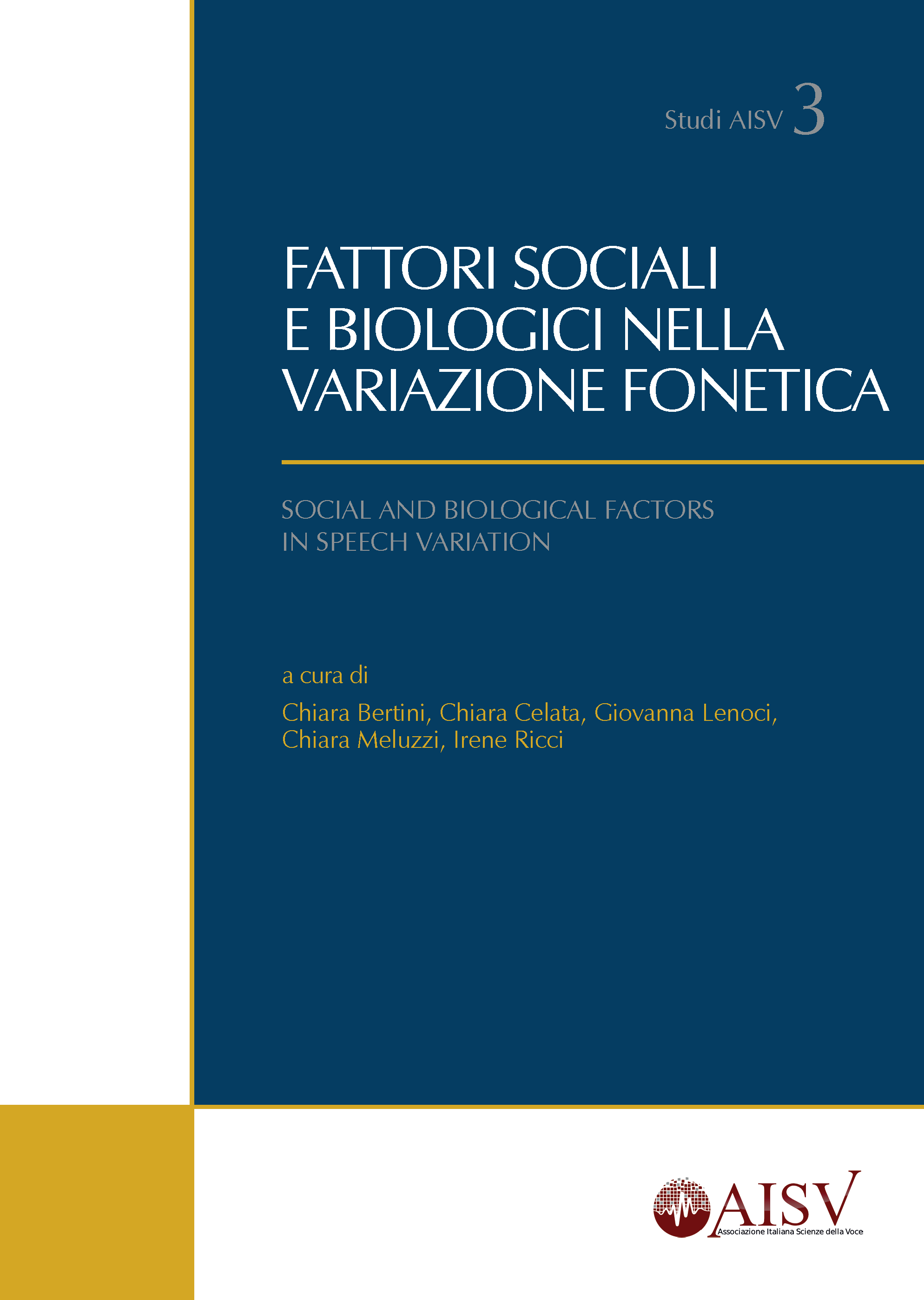Disfluency in typical and stuttered speech
DOI:
https://doi.org/10.17469/O2103AISV000019Parole chiave:
fluency, disfluency, stutteringAbstract
This paper discusses what happens when things go wrong in the planning and execution of running speech, comparing disfluency in typical speech with pathological disfluency in stuttering. Spontaneous speech by typical speakers is rarely completely fluent. There are several reasons why fluency can break down in typical speech. Various studies suggest that we produce disfluencies at a rate of around 6 per 100 fluent words, so a significant proportion of our utterances are disfluent in some way. Stuttering can halt the flow of speech at a much higher rate than typical disfluency. While persons who stutter are also prone to the same kinds of disfluency as typical speakers, their impairment results in the production of other forms of disfluency that are both quantitatively and qualitatively different from typical forms. In this paper, I give an overview of the causes of disfluency in both typical and stuttered speech and relate these causes to their articulatory and phonetic realisations. I show how typical and stuttered disfluencies differ in both their cause and their realisations.
Downloads
Pubblicato
Fascicolo
Sezione
Licenza
Copyright (c) 2023 AISV - Associazione Italiana di Scienze della Voce

Questo lavoro è fornito con la licenza Creative Commons Attribuzione - Non commerciale 4.0 Internazionale.





